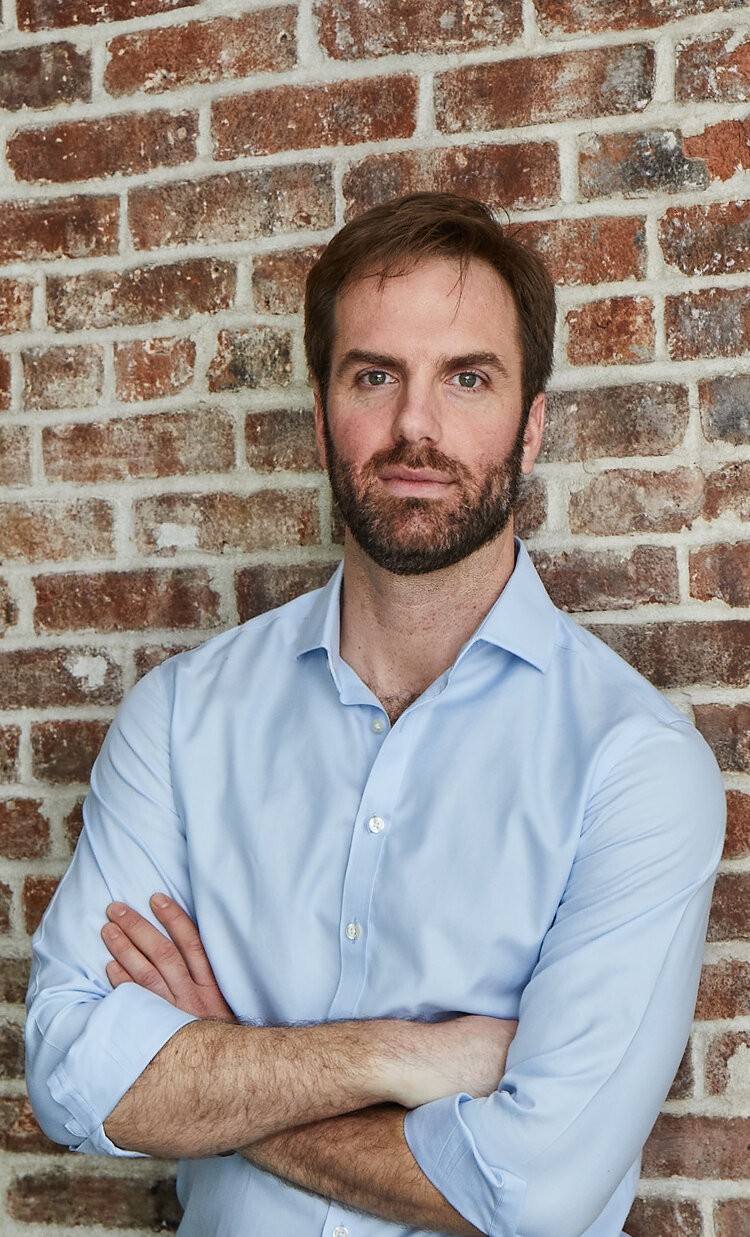Alright – so today we’ve got the honor of introducing you to Chris McGovern . We think you’ll enjoy our conversation, we’ve shared it below.
Chris, looking forward to hearing all of your stories today. So, let’s imagine that you were advising someone who wanted to start something similar to you and they asked you what you would do differently in the startup-process knowing what you know now. How would you respond?
Looking back, I would have sought out an opportunity to work or intern at a small interior design studio before launching McGovern Project to gain a deeper appreciation and understanding of the business of interior design that I learned through some early trial and error.
Transitioning to interior design in 2018 after nearly a decade on Wall Street, I was driven largely by a passion for design and, to a lesser extent, a desire to embark on an entrepreneurial venture. My prior professional experiences in investment banking and management consulting were heavily client-centric and relied on solid processes and execution. However, my direct design experience had been limited to my own personal projects over the years. Designing for clients is a different story and understanding how to deliver these projects in a sound business manner is important.
I had an eye for design and a fairly broad business knowledge, but I began my firm without a solid understanding of the inner workings of an interior design business. My move was not entirely blind. I had spoken with many designers at various size firms in the year before making my transition. These conversations were extremely valuable, but our conversations, or rather my questions, didn’t go deep enough on the processes, systems and tools. I should note that the conversations with small interior design firms were most helpful. Any small business owner needs to figure out how to address the many different functional roles within a business, whether by directly handling or outsourcing with part-time help or third parties, whereas larger firms often have the scale to have full-time personnel overseeing specific functions.
At my core, I wanted to develop a client service experience for my interior design business that catered to busy professionals and offered a holistic perspective on the design process in all aspects. I had developed my service offerings and processes largely from scratch with a focus on what I would have wanted as a client and to address some common frustrations others had shared. While I think the fresh perspective and client-centric focus was useful and provides some distinguishing factors, I think an internship or stint at a smaller interior design studio would have provided a deeper appreciation for why certain interior design industry standards are proven. At the onset, I was grateful to be receiving inbounds and take on clients, and was laser focused on delivering a completed space by any means, but not all projects, or the manner in which I had been conducting them, made sense from a business perspective.
Assessing the appropriate project scope and scale, implementing project minimums, and developing and refining efficient business processes have been crucial for growing a sustainable business. I do think prior work experience in the industry would have highlighted the importance of these tenets and avoided some of the trial and error early on. While no project is flawless, we continuously refine our processes.
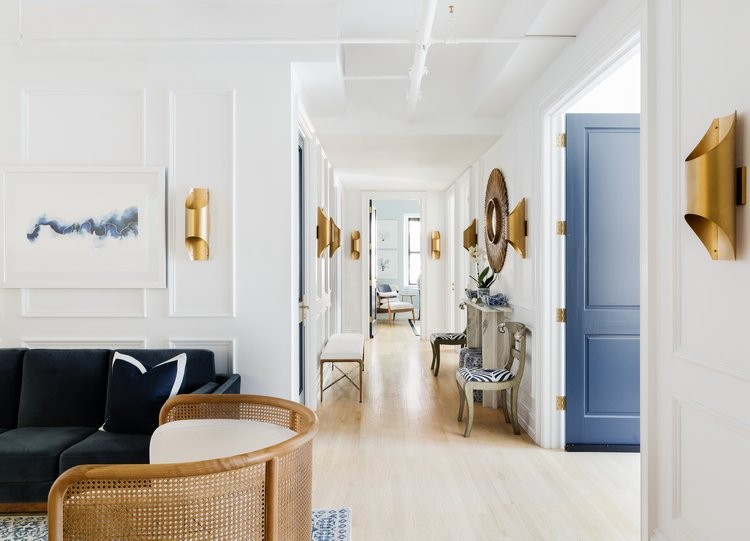
Great, appreciate you sharing that with us. Before we ask you to share more of your insights, can you take a moment to introduce yourself and how you got to where you are today to our readers.
Chris McGovern is the Owner and Principal Designer of McGovern Project, a full-service interior design studio based in New York. As a self-taught designer, I honed my skills over the years through personal projects. Whether overseeing large-scale renovations or smaller design projects, I always enjoyed process and was eager to begin the next one. However, I noticed a common sentiment among colleagues facing challenges or frustrations with their home remodels or design projects. This observation sparked the idea of offering a more enjoyable and efficient design experience for homeowners that catered to busy professionals, while allowing me the opportunity to pursue my longtime passion for design.
Since launching McGovern Project in 2018, I have strived to provide clients a holistic view on the design process with a tailored approach that starts with project planning and education. Many of our clients are undergoing a large scale design project that include an extensive remodel for the first time. I know how challenging it can be for a client to know where to start with these complex projects and how to formulate a full budget perspective on the labor, material costs and furnishings, all while trying to hone in on their design aesthetic. Our Programming Phase involves triangulating project scope, budget, and design to provide clients with an end-to-end perspective from the outset. This balanced perspective appeals to both the left and right sides of the brain.
We aim to deliver fully completed and well-designed spaces. I know that budget overruns during the remodel phase can impact the budget for furnishings and art. Satisfied clients are crucial for building our referral base and well-designed spaces are important for growing our portfolio and brand awareness with the opportunity for our completed work to be featured in design publications.
I’m most proud of our ability to blend creativity with practicality, offering clients spaces that are not only beautiful but also functional for their lifestyles. McGovern Project isn’t just about creating aesthetically pleasing spaces; it’s about making our clients’ lives easier during and after the project with thoughtful design solutions. I like to think our focus on client service, efficient processes, and attention to detail is the reason our primary source of new business is through client referrals.
I also want to add one important caveat. There are many talented designers, architects, and tradespeople in the industry, many of whom I admire and aspire to model my business after. I appreciate that many of my former colleagues’ concerns were likely not with them or they chose to forego hiring a designer altogether. However, I do believe my unique understanding of certain clients, particularly those within the industry I once worked in, adds a bit of a differentiating touch, which allows me to add structure to the creative process. The design process is lengthy and deeply personal, and I do encourage both parties assess their compatibility and fit to best compliment strengths and weaknesses.
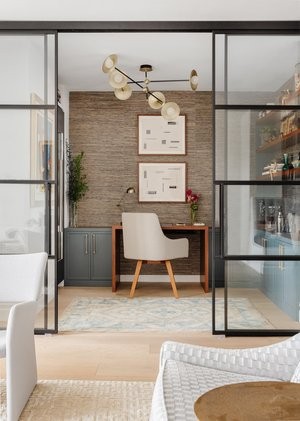
What’s been the best source of new clients for you?
Referrals from former clients have proven to be the most effective source of new business for us. Prospective clients who come through referrals have often had the opportunity to experience our designs firsthand. They not only appreciate the aesthetic appeal of the space but also witness how it functions for the client in real life. Additionally, these referrals tend to engage in more candid discussions with our former clients about the overall client experience, the design process, and the actual costs involved, including both positive and negative aspects. Moreover, former clients tend to share with us valuable background information about the prospective client, enriching the conversation. Both parties come to the discussion with a more informed perspective compared to a cold call through another channel.
I should also note that social media should not be overlooked. For any creative, it’s a great platform to share your work, knowledge base and personality. Candidly it’s an area I have underinvested in the past year, particularly with the more recent trend or expectation for video content. However, there is a meaningful base of followers who know me personally to some degree and sharing our process and completed work keeps us top of mind. Referrals from this core base is another valuable source of potential clients and I intend to prioritize our social media presence in the year ahead.
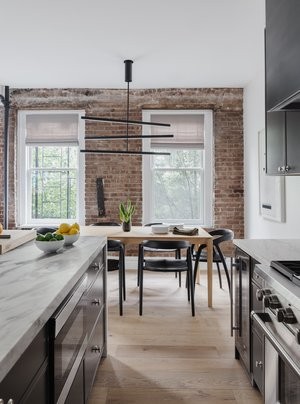
Is there something you think non-creatives will struggle to understand about your journey as a creative? Maybe you can provide some insight – you never know who might benefit from the enlightenment.
Early on in my transition from a more analytically driven role in finance into the creative realm of design, I encountered a significant challenge that many with a non-creative background may appreciate. The design industry operates in a fundamentally different manner, where solutions aren’t always concrete and definitive. Unlike industries reliant on analytical frameworks, design thrives on creativity and flexibility.
In my previous role, decisions were often based on structured analysis and clear-cut solutions. However, upon entering the design industry, I quickly learned that our design process revolves around balancing aesthetics, functionality, and budget considerations. While these elements guide our proposals, the reality is that design is subjective, and there isn’t always a singular correct answer.
For instance, when presenting options to clients, I’ve observed a tendency among some to meticulously research every detail, akin to how they approach an individual online purchase. This pursuit of perfection can extend to various elements of design, whether it’s selecting doorknobs, hardware, or other fixtures. While I initially provide three preferences, I’ve learned to step back and acknowledge the broader range of options that can work harmoniously within the design. If clients fixate on specific areas, I gently remind them that there’s a spectrum of choices available, and there’s no single right answer. My primary goal is to move the process forward while ensuring clients are happy with the outcome. Understanding and addressing these nuances has been instrumental in fostering a more collaborative and client-centric approach to my work.
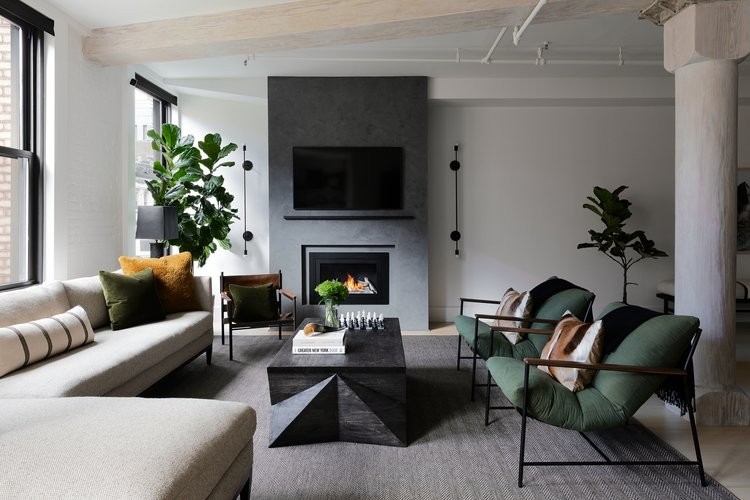
Contact Info:
- Website: https://www.mcgovernproject.com/
- Instagram: mcgovernproject
- Linkedin: https://www.linkedin.com/in/christophermcgovern
Image Credits
Interior Photos 1 – 3 by Kylie Fitts; Interior Photo 4: Trevor Parker


